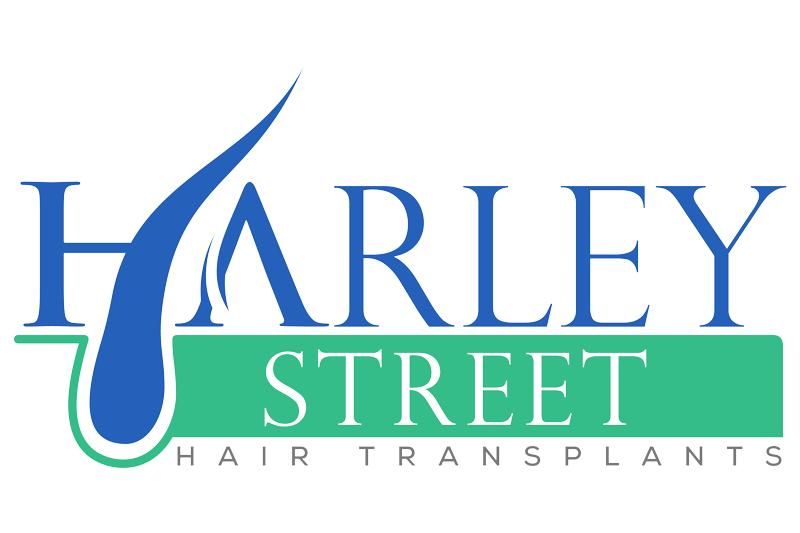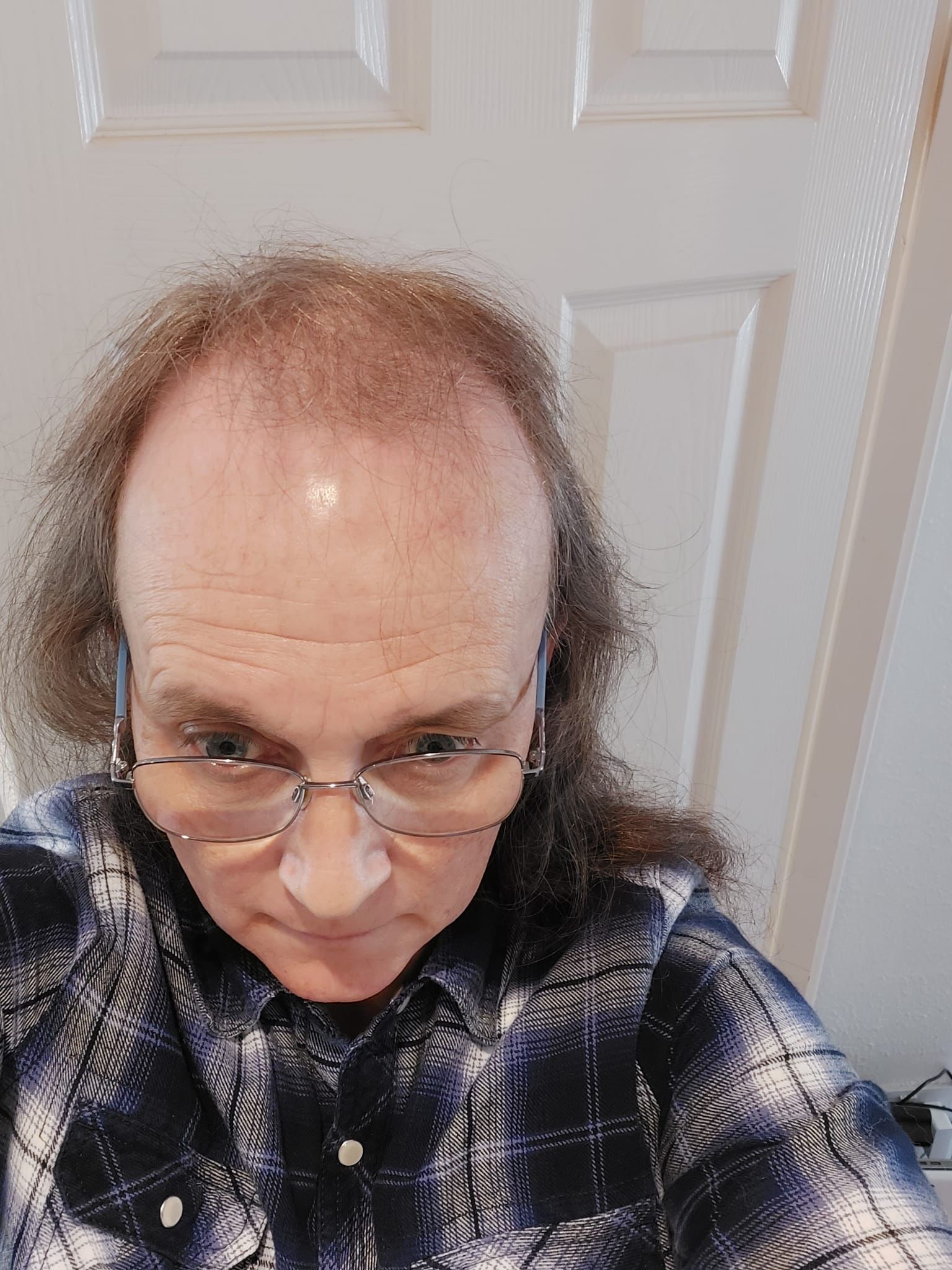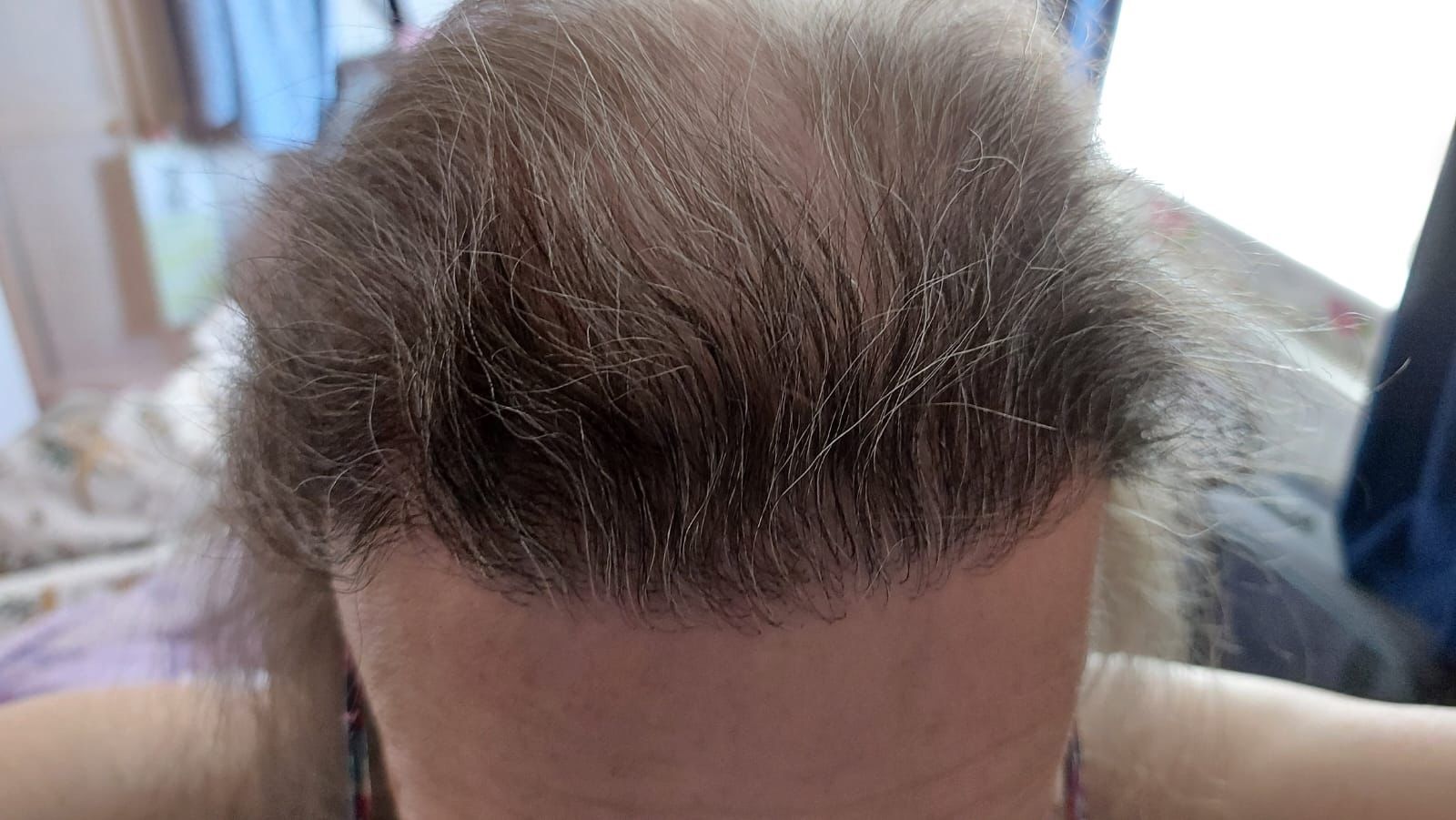Transgender Hair Transplants Edinburgh
Transgender individuals who are undergoing gender affirmation surgery often seek out hair transplants to help achieve a more feminine or masculine appearance. Hair transplants can be a highly effective solution for individuals who are experiencing hair loss or who wish to alter their hairline to align more closely with their gender identity.
During a hair transplant procedure, hair follicles are taken from a donor area (typically the back or sides of the scalp) and transplanted to the recipient area where hair is needed. This can be done using either the follicular unit extraction (FUE) method or the strip harvesting method. The FUE method involves removing individual hair follicles using a small, specialised tool and transplanting them one-by-one to the recipient area. The strip harvesting method involves removing a strip of scalp from the donor area and then dissecting it into individual hair follicles to be transplanted.
Transgender hair transplant procedures can be tailored to meet the specific needs and desires of each individual patient. For example, a transgender woman may seek a more feminine hairline with a softer, more rounded shape, while a transgender man may want a more masculine hairline with a straighter, more angular shape. The surgeon can work with the patient to create a customised treatment plan that achieves their desired results.
Overall, hair transplants can be a valuable tool for transgender individuals seeking to align their physical appearance with their gender identity. Patients interested in this procedure should consult with an experienced hair transplant surgeon to determine whether it is a good option for them.
What is a transgender hair transplant?
A transgender hair transplant is a hair restoration procedure that is specifically tailored to meet the unique needs and desires of transgender individuals who are undergoing gender affirmation surgery. These individuals may seek hair transplants to achieve a more masculine or feminine appearance or to align their physical appearance with their gender identity.
Male to female transitions
At Harley Street Hair Transplants Edinburgh, we also undertake hair transplants for individuals looking to undergo gender reassignment. Hair transplants can be a key component of the male-to-female transition process for transgender women. The procedure involves transplanting hair follicles from the donor area (typically the back or sides of the scalp) to the recipient area (typically the front or top of the scalp) to create a more feminine hairline and improve overall hair density. Hair transplants can be used alone or in combination with other treatments, such as hormone therapy, to achieve a more feminine appearance. Our hair transplant surgeons have experience of working with transgender patients and can create a customised treatment plan that addresses your unique goals and concerns.
Female to male transitions
Hair transplants can be an effective solution for individuals undergoing female to male (FTM) gender transition who are experiencing hair loss or thinning. The hair transplant procedure can be customised to meet the specific needs and desires of each individual patient. For FTM transitions, hair transplants can help create a more masculine appearance by lowering the hairline and creating a more squared-off hairline shape. Additionally, hair transplants can help to fill in areas of thinning or baldness on the scalp, creating a fuller and more natural-looking head of hair.
For female to male (FTM) transgender individuals, growing facial hair can be an important aspect of their gender transition. However, not all individuals are able to grow a full beard due to genetics or other factors. In these cases, a beard transplant can be a viable option. The beard transplant procedure can be customised to meet the specific needs and desires of each individual patient. For FTM transitions, beard transplants can help create a more masculine appearance by creating a fuller and more natural-looking beard. Additionally, our surgeon can work with you to create a customised beard shape and density that aligns with your desired look.
Planning for a Hair Transplant?
Planning for a hair transplant is an important step towards achieving your desired look. Before undergoing the procedure, it is important to consult with a qualified hair transplant surgeon to discuss your expectations, assess your suitability for the procedure, and create a personalised treatment plan. Our surgeons will evaluate your hair loss pattern, hair density, and donor area to determine the number of hair grafts needed and the best technique for your individual needs. Additionally, we will provide you with pre-operative instructions, such as avoiding blood-thinning medication and smoking, and post-operative care instructions to ensure a smooth recovery. It is important to follow these instructions carefully to optimise the success of the hair transplant procedure. With careful planning and the guidance of our skilled hair transplant surgeons, you can achieve natural-looking and long-lasting results from your hair transplant procedure.
Book Your
Free Consultation Today
Contact Us
Our range of
Hair Loss Treatments
Patient Care Is Our Leading Priority

Follicular Unit Extraction (FUE)
FUE is a minimally invasive procedure that does not require a large incision or stitches, resulting in minimal scarring and a faster recovery time.

Follicular Unit Transplantation (FUT)
FUT can be an effective hair restoration option for patients with larger areas of baldness or those who require a higher number of grafts.

Non Surgical Hair Loss Treatment
Non-surgical hair restoration treatment makes use of the patient's own blood to promote hair growth.

Eyebrow Hair Transplants
Eyebrow hair transplants are a specialised hair restoration procedure that involves transplanting hair follicles from the scalp to the eyebrows.

Beard Hair Transplants
Beard hair transplants are a specialized hair restoration procedure that involves transplanting hair follicles from the scalp or other areas of the body to the beard area.

Female Hair Transplants
Female hair transplants are a specialized hair restoration procedure that involves transplanting hair follicles to the areas of thinning or balding hair in women.
TRANSGENDER HAIR TRANSPLANTS IN EDINBURGH
Why get a hair transplant if you are transgender?
Hair transplants can be important for transgender individuals because they can help align their physical appearance with their gender identity. Many transgender individuals experience dysphoria or discomfort with their physical appearance, which can negatively impact their mental health and well-being.
Hair loss or thinning can be a common issue for individuals undergoing hormone therapy or gender affirmation surgery, and hair transplants can help to restore hair to areas where it is needed. For transgender men, a beard transplant can also be an option to achieve a more masculine appearance.
Having a fuller head of hair or a beard that matches their gender identity can help transgender individuals feel more confident and comfortable in their own skin. It can also help them to better pass in public, reducing the risk of harassment or discrimination.
Ultimately, hair transplants can be an important tool for transgender individuals seeking to affirm their gender identity and feel more comfortable in their bodies.
Which hair transplant method is best if you are transgender?
There is no single "best" hair transplant method for transgender patients, as the best method will depend on the individual patient's needs, hair type, and the desired outcome.
The two main hair transplant methods are Follicular Unit Transplantation (FUT) and Follicular Unit Extraction (FUE). FUT involves removing a strip of hair-bearing skin from the donor area and transplanting the follicular units into the recipient area. FUE involves extracting individual follicular units from the donor area using a punch tool and transplanting them to the recipient area.
Both FUT and FUE can be effective for transgender patients seeking to restore or alter their hairline. The choice between these two methods will depend on various factors, such as the extent of hair loss, the quality and quantity of donor hair, the desired outcome, and the surgeon's expertise and preference.
For transgender men seeking a fuller beard, beard transplants can be performed using either FUT or FUE, depending on the patient's needs and the surgeon's expertise.
Ultimately, the choice of hair transplant method should be made in consultation with one of our experienced hair transplant surgeons, who can assess your individual needs and recommend the best treatment plan for you.
How much does a hair transplant cost?
The cost of your hair transplant will vary depending on the complexity of the procedure, the type of method used and the number of grafts you require. The average cost for a hair transplant is approximately £3,000 to £8,000 within the UK. At our Edinburgh Hair Transplant Clinic, our FUE hair transplants cost in the region of £4000, which also includes a free consultation with a GMC registered surgeon and 3 aftercare consultation sessions.
For an accurate price for your requirements, give us a call today.
Popular Questions
Got a question for our Edinburgh hair transplant team? We’re here to help.


